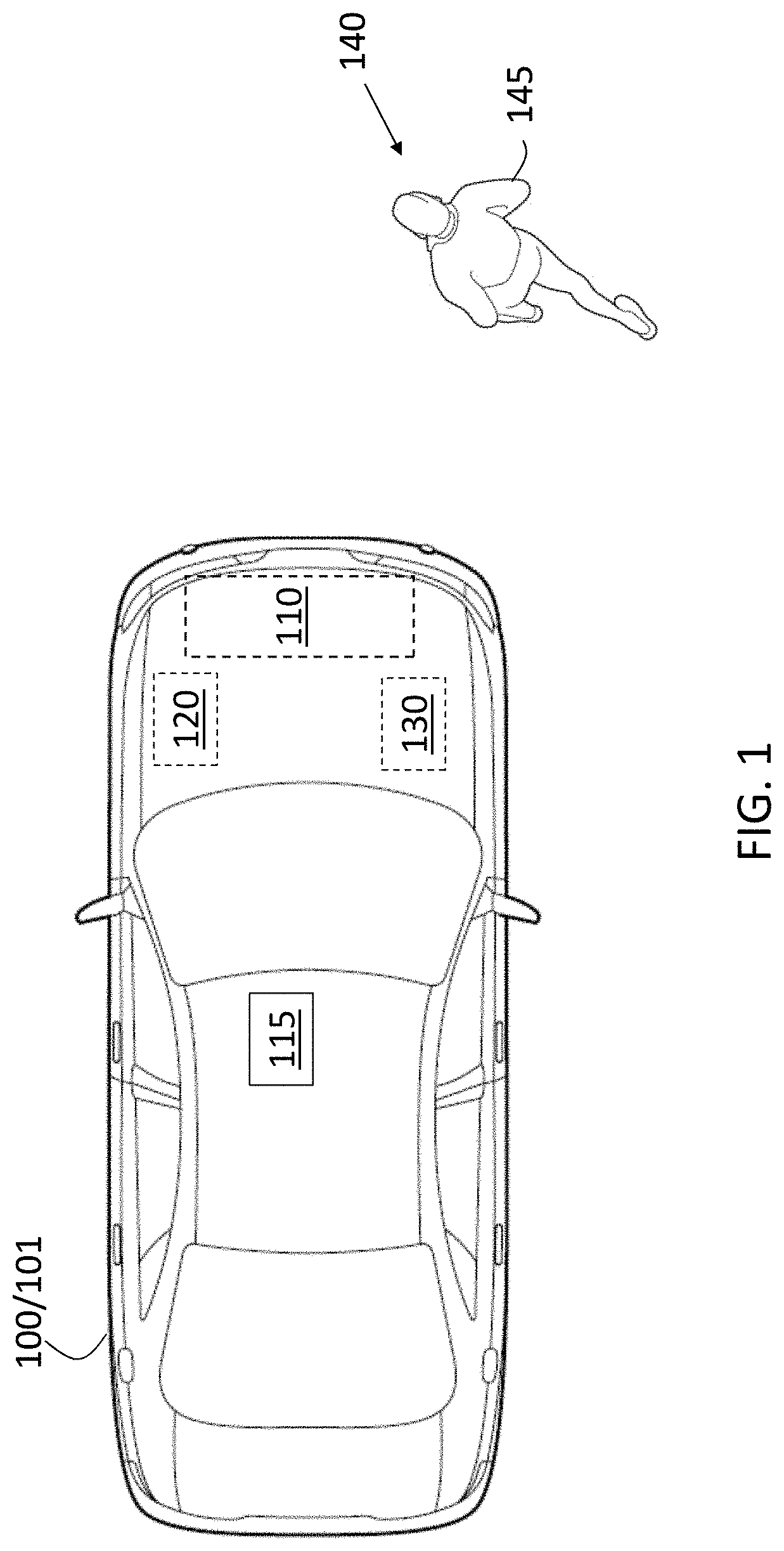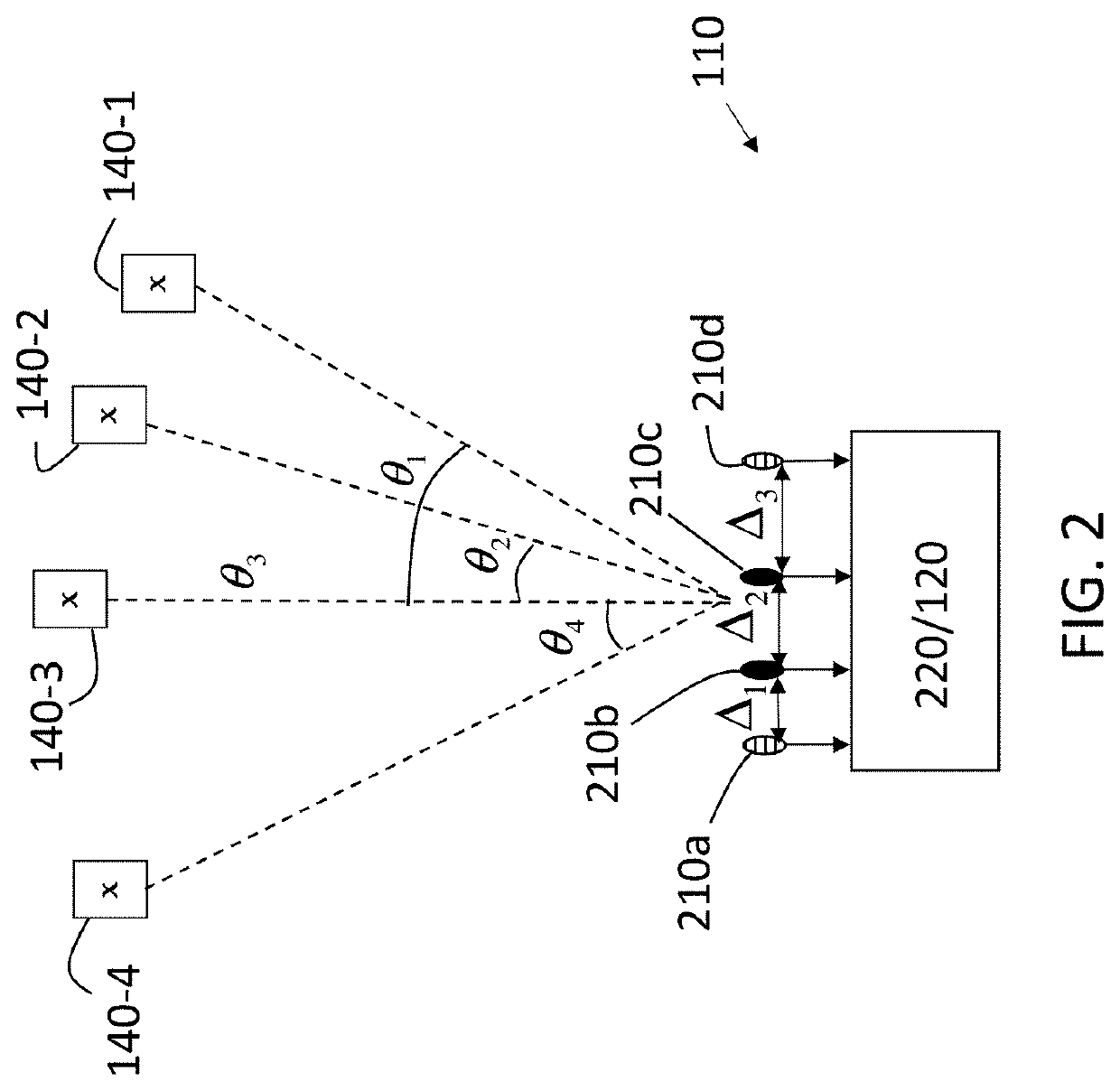Joint optimization of antenna spacing and target angle estimation in a radar system
a radar system and target angle technology, applied in the direction of antennas, instruments, movable bodies, etc., can solve the problems of resolving and accurately estimating the angle of arrival, and the difficulty of analytical determination of the dependence of the angle of arrival estimation on the spacing of the antenna
- Summary
- Abstract
- Description
- Claims
- Application Information
AI Technical Summary
Benefits of technology
Problems solved by technology
Method used
Image
Examples
Embodiment Construction
[0028]The following description is merely exemplary in nature and is not intended to limit the present disclosure, its application or uses. It should be understood that throughout the drawings, corresponding reference numerals indicate like or corresponding parts and features.
[0029]As previously noted, a radar system with multiple antennas must distinguish the relative angles of multiple targets that appear at the same range. While target angle of arrival estimation is dependent on the antenna array configuration (i.e., spacing among antennas), this dependency is difficult to determine analytically. Embodiments of the systems and methods detailed herein relate to joint optimization of antenna spacing and target angle estimation in a radar system. A machine learning approach is applied iteratively to a number of angles of arrival to converge on an antenna spacing configuration and on parameters for angle of arrival estimation.
[0030]In accordance with an exemplary embodiment, FIG. 1 i...
PUM
 Login to View More
Login to View More Abstract
Description
Claims
Application Information
 Login to View More
Login to View More - R&D
- Intellectual Property
- Life Sciences
- Materials
- Tech Scout
- Unparalleled Data Quality
- Higher Quality Content
- 60% Fewer Hallucinations
Browse by: Latest US Patents, China's latest patents, Technical Efficacy Thesaurus, Application Domain, Technology Topic, Popular Technical Reports.
© 2025 PatSnap. All rights reserved.Legal|Privacy policy|Modern Slavery Act Transparency Statement|Sitemap|About US| Contact US: help@patsnap.com



